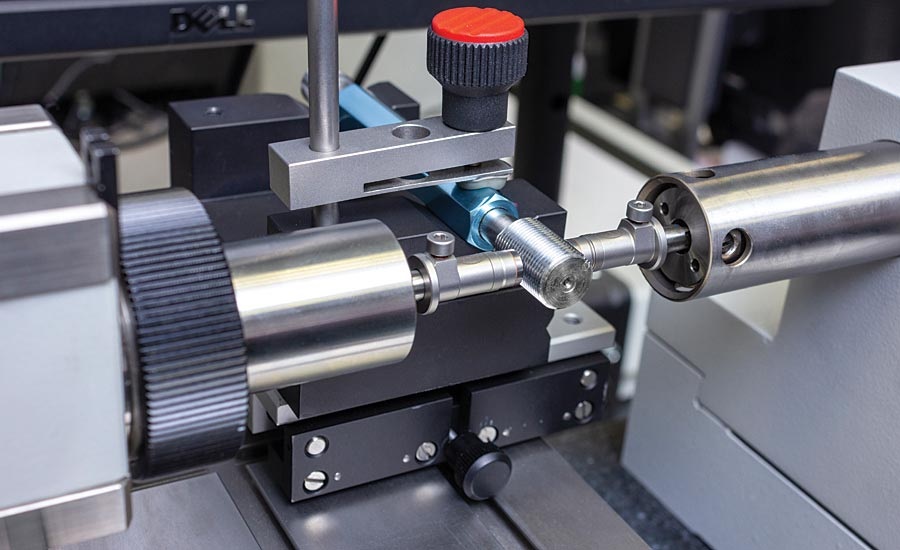Thread gauges are indispensable tools in precision manufacturing, serving a critical function in ensuring the accuracy of threaded components. Yet, their effectiveness extends beyond design and calibration; the often-overlooked practices of proper storing and labeling play a pivotal role in their overall utility. Neglecting these seemingly basic aspects can have far-reaching consequences, impacting both the quality of products and the effectiveness of your quality control measures.
Storage is a key consideration for maintaining the precision of all types of thread gauges including Trapezoidal thread gauge. These instruments, designed for meticulous measurements, are sensitive to environmental factors that can compromise their accuracy over time. Exposure to moisture, extreme temperatures, or corrosive substances can lead to dimensional changes, resulting in inaccurate measurements. Preserving the precision of thread gauges involves storing them in controlled environments, ensuring they consistently provide reliable measurements during use.
Equally vital is the practice of labeling thread gauges effectively. In the fast-paced environment of manufacturing, quick and accurate identification of the required gauge is paramount. Clear labeling with information such as thread size, pitch, and tolerance expedites the selection process and minimizes the risk of errors caused by using the wrong gauge. A well-organized storage system with labeled thread gauges contributes to a streamlined workflow, reducing the likelihood of inaccuracies in the manufacturing process.
The significance of effective storing and labeling becomes particularly emphasized when dealing with diverse thread gauges like ACME thread gauges. Manufacturing processes encompass a range of thread sizes and types, each demanding a precise gauge for accurate measurement. Without a methodical approach to storing and labeling, the risk of confusion and errors heightens, resulting in production delays, rework, and an overall decline in efficiency. Introducing a standardized system for storing and labeling thread gauges emerges as a pragmatic measure to elevate the precision and reliability of manufacturing operations.
Top of Form
Beyond their impact on accuracy and efficiency, proper storing and labeling contribute to the longevity of thread gauges. In the dynamic environment of manufacturing, tools are subject to frequent handling, and improper storage can lead to wear and damage. Providing designated storage spaces and ensuring each gauge is appropriately labeled reduces the risk of physical damage, extending the lifespan of these critical tools. This not only safeguards the initial investment in thread gauges but also contributes to long-term cost savings. Every time the thread gauges are used, strict usage protocols should be adhered to without fail. Carelessness in this regard could prove to be highly expensive.
The significance of proper storing and labeling in thread gauge usage cannot be overstated. These routine practices are integral to maintaining the precision and effectiveness of these critical tools in the manufacturing process. From protecting against environmental factors to facilitating quick and accurate identification, a systematic approach to storage and labeling contributes to a seamless and efficient workflow. Manufacturers who prioritize these practices enhance the quality of their products and establish a foundation for sustainable and cost-effective manufacturing operations.




